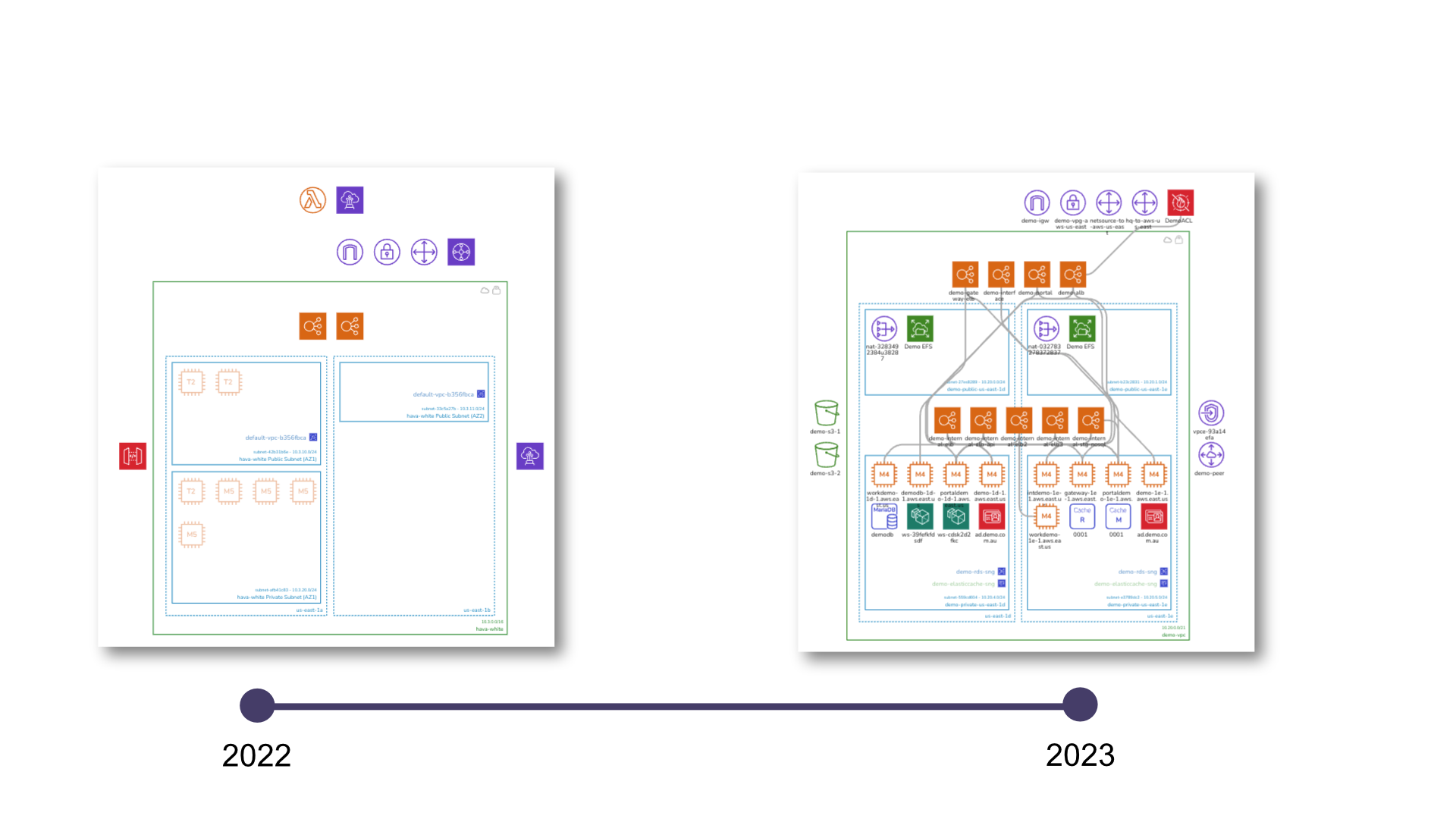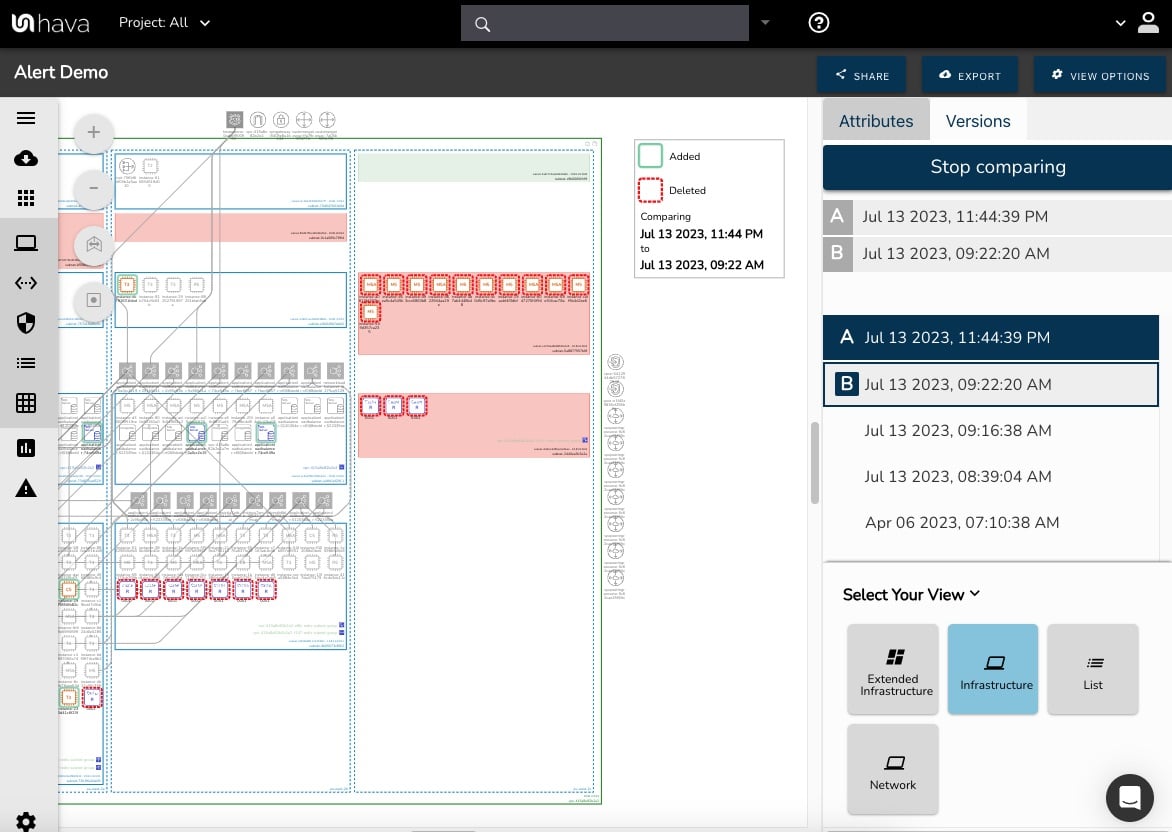
Infrastructure as Code (IaC) is a key component in modern cloud environments. It allows developers to automate the provisioning and management of cloud resources using code, leading to more efficient and reliable deployments. However, when it comes to managing cloud architectural drift, IaC plays an even more critical role.
Cloud architectural drift refers to the divergence between the actual state of a cloud environment and its intended state as defined by IaC scripts. This drift can occur due to manual changes, conflicting IaC scripts, or other factors. If left unchecked, it can lead to security vulnerabilities, operational inefficiencies, and other issues.
IaC can help manage cloud architectural drift in several ways. Firstly, by defining the desired state of the cloud environment in code, IaC provides a clear and consistent reference point. Any deviations from this reference point can be easily identified, allowing for quick detection of drift.
Secondly, IaC enables automated remediation of drift. By running IaC scripts regularly, any changes to the cloud environment that were not made through IaC can be automatically reverted, bringing the environment back to its desired state. This not only reduces the risk of drift but also frees up valuable time for IT teams.
Finally, IaC promotes transparency and collaboration. With the entire infrastructure defined in code, it's easier for teams to understand the current state of the environment, track changes, and collaborate on updates. This can help prevent conflicting changes that could lead to drift.
In conclusion, IaC is an essential tool for managing cloud architectural drift. By defining the desired state of the cloud environment in code, enabling automated remediation, and promoting transparency, IaC can help organizations maintain control over their cloud environments, reduce risks, and improve operational efficiency.
The initial step to take when identifying drift is to compare the state of cloud architecture between two points in time. If you know when IaC was deployed in line with the desired state of the architecture, you can compare a diagram from that point in time with the current environment diagram to gauge the scale of the drift.
We recently wrote a detailed post on how to compare cloud diagram versions.





